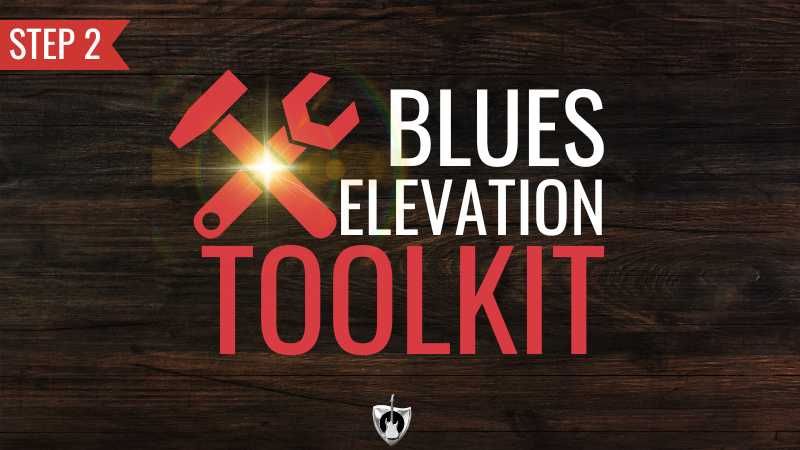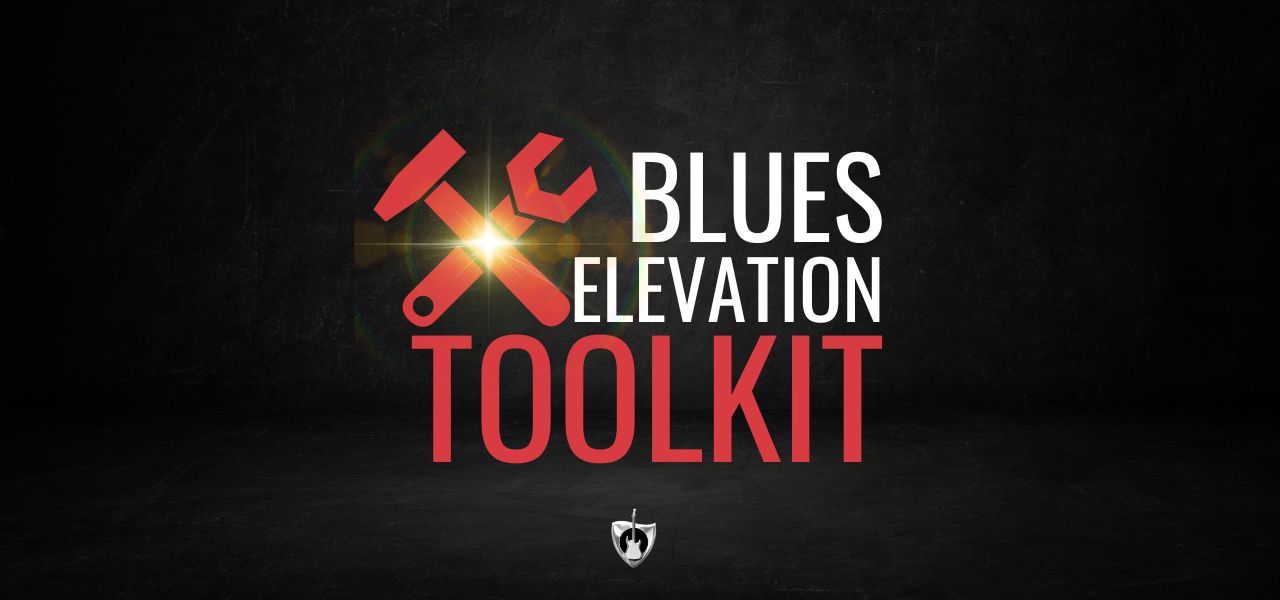Really Understanding Guitar Scales - 006

In episode six, I unpack guitar scales! It’s not just about memorizing a bunch of patterns. Once you know what they really are and how to use them, you will be unstoppable!
On todays episode I’m going to start tackling guitar scales. I’ve recently started a series on my blog that is designed to give you the “behind the scenes” knowledge about scales.
This came about for me out of necessity. I’ve had several new students recently sign up who were super interested in playing lead guitar.
They have all started learning some pentatonic patterns before coming to me. Their biggest frustrations have been wanting to know how to use the pentatonics in songs and wanting to get some different sounds that the pentatonics just don’t have.
That has given me the job of finding the best way to fill in the background, that foundational information that is missing from someone who has already dipped their toes in the water of playing lead guitar.
It’s so easy to just get a few scale patterns and watch a few videos and get started. But, before you know it, you realize that there is a lot more to it.
I see a lot of memorizing from tabs and videos of classic guitar solos. And, that’s cool for awhile. But, after a while it’s easy to run into a brick wall as to developing your own sound on the guitar.
So I started coming up with a plan. And now looking over what I’ve done, A lot of it is just changing your approach to scales.
The guitar is visual. We see lots of shapes and patterns. Over time, we all start to associate these shapes and patterns with certain sounds.
The problem is to make actual melodies on not just guitar, but any instrument, you need some basic knowledge of how scales work and how they relate to the chords that they are played over.
When you learn a guitar part from one of your favorite songs, what are you doing?
9 times out of 10, you probably look the tab for the song up on google, or find a lesson on youtube. Then you start finding what fret and what string each note is played on.
One after another from beginning to end. After a while, you have something that sounds like the song.
And you can repeat it. Play it over and over. It maybe starts at the 12th fret on the B string and then moves to the 13th and then 15th and then on to the 12th on the E string.
That’s how you play it, everytime. The same way, over and over. Until it becomes super easy for you to play. Then you leave it and move on to memorizing another song or lead.
What I would like for you to do is to be able to reverse the tables. Try to come at learning the song another way.
Think about the approach that the guy or girl who originally came up with the part was using. They may have just had a chord progression that they or someone else came up with.
And then they had to come up with a melody that worked over those chords. Or, they may have found this melody while playing through some scales.
Either way, to finish the part, you have to be able to match the chords and the scales a certain way to have a good sounding song.
So that is what I have been working on… A way for guitar players to get this important knowledge.
I’ve posted twice about it already.
- One is called: The best way to learn guitar scales.
- The second is called: The first scales to learn on guitar.
You can check them here at playguitarpodcast.
I also have some great news! Starting last week, the show can now be found in iTunes. I’m super excited about this but I could really use your help.
To get a good foothold for the show in iTunes, I need a bunch of subscribers and reviews. I would love if you could help me out by subscribing to the show and leaving a review and rating for me in iTunes.
If you could do that for me I would be so thankful! I’m going to have a special section of the show each week to thank you all for helping me out on iTunes.
It’s real easy to do. Just go to my website… playguitarpodcast.com. Below the big logo that comes up right away.. If you scroll down a bit, you will see a button that says: Subscribe in iTunes.
If you click that button it will take you to my iTunes preview page. Right under my red logo on the iTunes preview page, you will see a little blue button that says: View in itunes.
That button will open up iTunes on your computer, or the itunes podcast app on your phone or tablet. From there you can Subscribe to the show under the red logo and leave a rating and review by clicking the ratings and review tab.
It is super easy to do and only takes a minute or so. I would really appreciate your help. So Thank you so much!
Guitar Scales
In the first part of today’s main topic, I introduce my 6 step plan to the best way to learn guitar scales. If you would like to follow along with the podcast, click the image below to take you my article : The best way to learn guitar scales . This article is a companion to this podcast:
If you would like to follow along with the rest of today’s main topic, click the image below. It will take you to my companion article: First scales to learn on guitar.
So..there it is! I think we have taken a very strong step in the right direction on our goal of mastering scales on the guitar. It’s not the end though. I have just started this one. We will continue working our way through my six step plan on really understanding guitar scales. At this point, I’m not sure if I will finish these all in a row, or break them up over time. I have a lot of cool stuff coming and I have to make some decisions soon. But, let me know by commenting below in the show notes or get in touch with me on twitter @playguitarpdcst if this helped you out and you would like to hear more of this.
Creating the Band
No Creating the band today! This is my first week of running the blog, podcast and videos at the same time. Once, I settle down and get into a good routine… I’ll take the next step in creating the band. That next step should be finishing out my 10 basic song ideas. I think I need 3 more short ideas to go and then I’ll start organizing song structure for each ideas.
GET FREE WEEKLY GUITAR LESSONS, PODCASTS, AND MOTIVATION DELIVERED TO YOUR INBOX.
Your information is kept safe. It's never shared with third parties.






